PAST EVENTS
NEW YORK UNIVERSITY | MONDAY, October 28, 2024
Commemorating the unique story of Ita Dimant’s struggle for survival
At NYU in New York on Monday, October 28th 2024, I will analyzed the outstanding qualities of Ita Dimant’s Holocaust Diary “Survival” together with Avinoam Patt, the Maurice Greenberg Professor of Holocaust Studies and Director of the NYU Center for the Study of Antisemitism.
Here is the link to the NYU program:
https://www.studyantisemitism.org/events-1/book-talk-survival
Publishers Weekly has issued this strong recommendation of Ita Dimant’s Holocaust diary, “Survival,” which I edited carefully for Jacob Dimant. This gripping book was published by Academic Studies Press on September 14, 2023.
https://www.publishersweekly.com/9798887192338
https://www.academicstudiespress.com/cherry-orchard-books/9798887192321
L
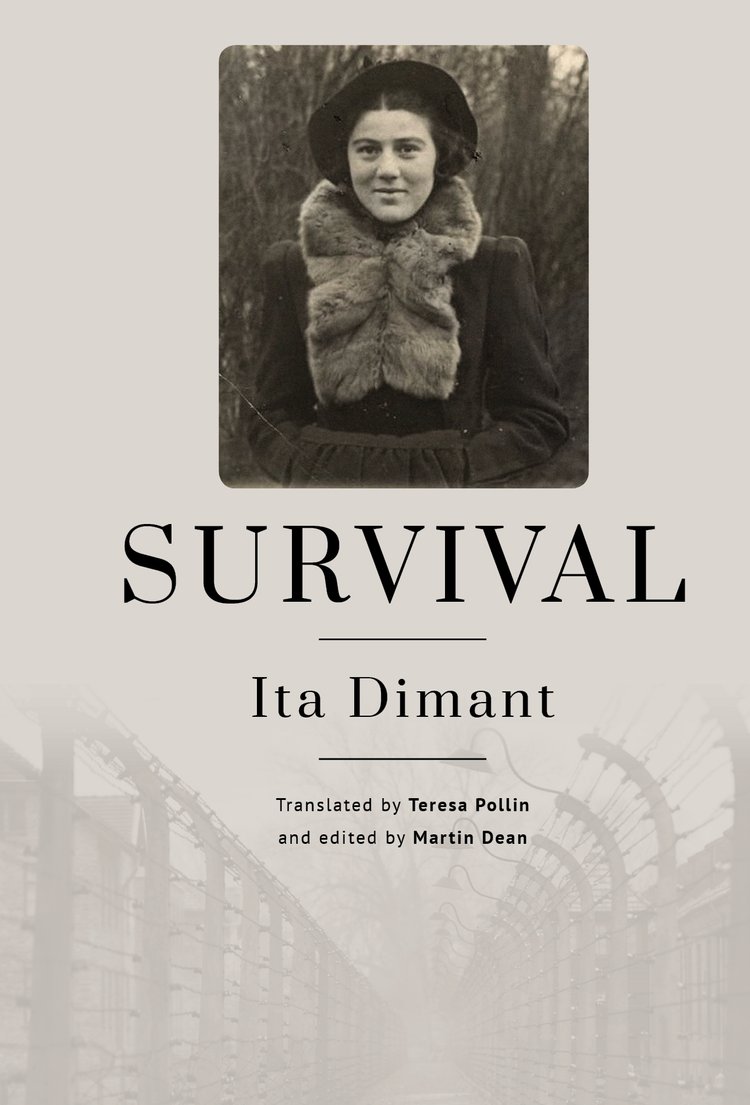
UNIVERSITY OF CHICAGO | September 29 2022
This commemorative lecture examined the events at Babyn Yar within the broader context of the Holocaust in the East.
For details of the event follow the link below:
https://www.ilholocaustmuseum.org/events/babiy-yar-commemoration-81st-anniversary/
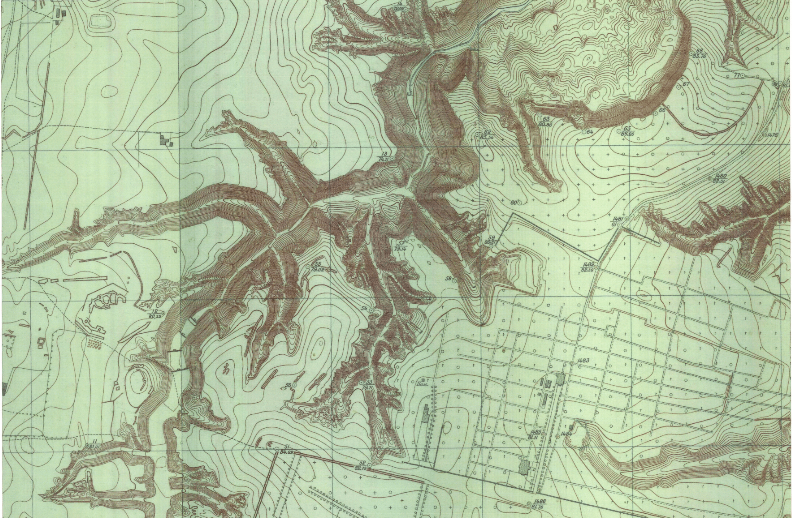
Stanford University | MONDAY, MARCH 22, 2021
Shadows from the Valley of Death: Following the Evidence from Babyn Yar and Incorporating Jewish Responses
Dr. Dean examined the complex history of the Babyn Yar ravine, where more than 33,000 Jewish men, women, and children were shot by units of the German SS and Police in just two days. Incorporating new research and images from the 3-D model constructed by the Babyn Yar Holocaust Memorial Center (BYHMC), the presentation reconstructs the landscape as it existed on September 29-30, 1941, and describes the route taken by the Jews into the ravine. Using numerous witness testimonies and key photographic images, Dr. Dean discussed reactions among Kyiv’s Jews, acts of escape along the way, and the fate of Jewish property in the city.
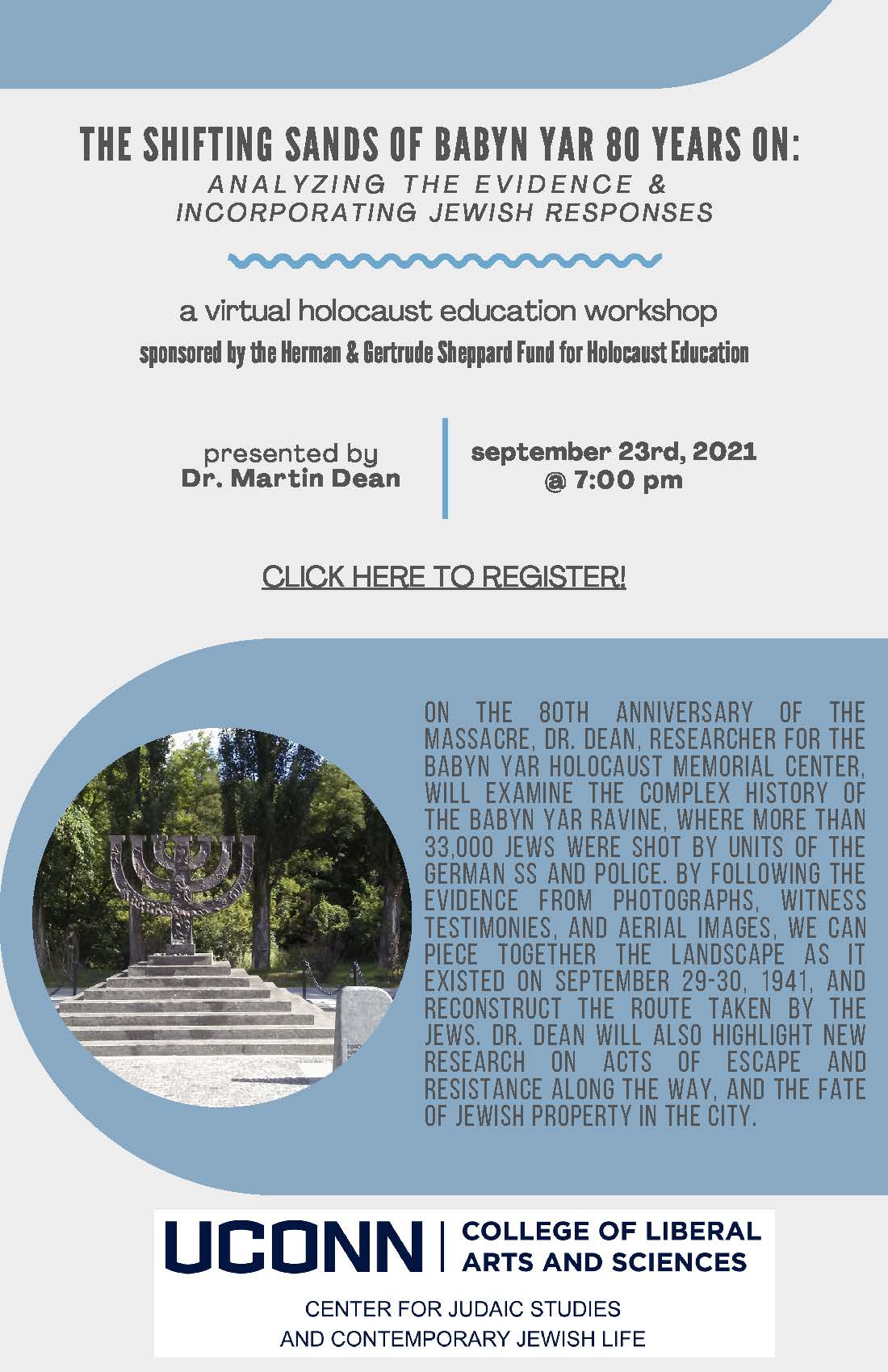

DALLAS HOLOCAUST AND HUMAN RIGHTS MUSEUM | SEPTEMBER 1, 2021
The Nazi confiscation of Jewish cultural property and Jewish cultural resistance
Before and during World War II, the Nazis engaged in an organized program of looting of Jewish cultural objects, often using forced Jewish labor to catalog the stolen items. Dr. Martin Dean examined the Nazi policy of cultural plunder, including its aims and methods, and shows how many Jews sought to defy the Germans’ genocidal intentions through imaginative forms of cultural resistance.
This program was presented in conjunction with the Museum’s current special exhibition, The Book Smugglers, which explores the courageous acts of the “Paper Brigade” in the Vilna Ghetto, whose members risked their own lives to preserve their Jewish heritage.

NEW YORK UNIVERSITY, MONDAY, MARCH 22, 2021 | 3:30 PM
Following the Evidence to Babyn Yar
A virtual lecture by Dr. Martin Dean, Historical Researcher
Dr. Dean examined the complex history of the Babyn Yar ravine, where more than 33,000 Jewish men, women, and children were shot by units of the German SS and Police in late September 1941. By following the evidence from the photographs, witness testimonies, and aerial images, Dr. Dean has pieced together the route taken by the Jews into the ravine and identified the site of the mass shootings. With the aid of a 3-D model, a virtual reconstruction of the terrain has been achieved, visualizing the path on which the Jews took their last steps into the Valley of Death.
The Babyn Yar Holocaust Memorial Center is planning a permanent memorial complex close to the site that will open in 2026. Dr. Dean’s research is part of a broader effort by the BYHMC to establish the truth about what happened at Babyn Yar and inform the public.
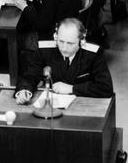
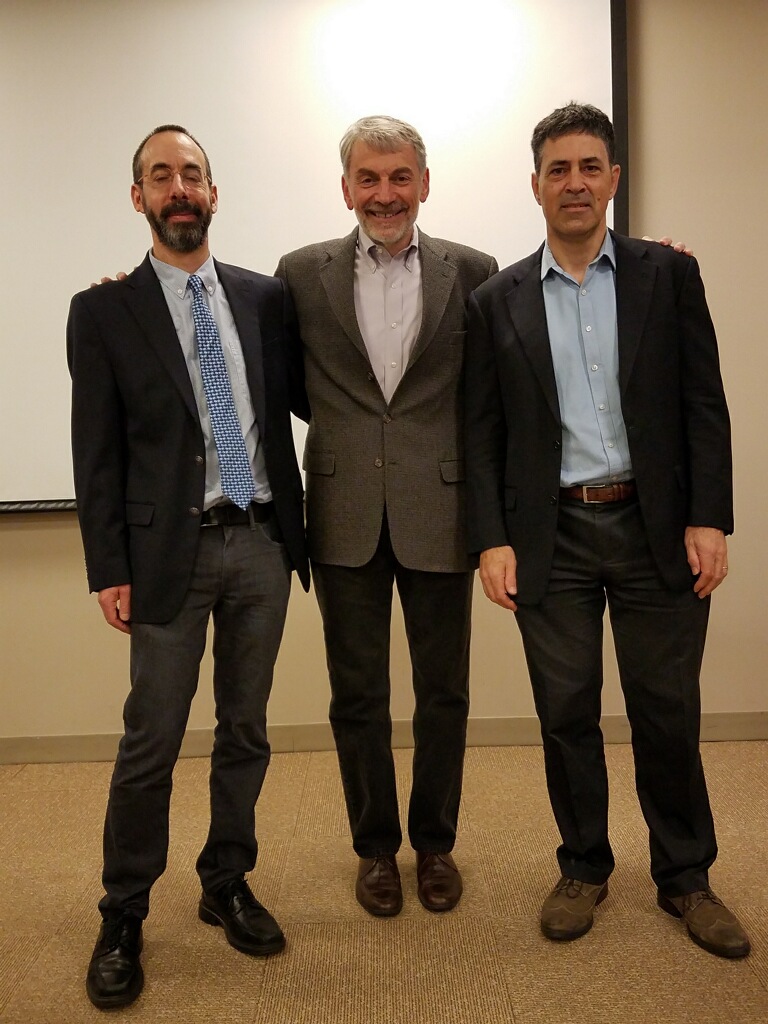
Thanks to Paul Radensky for his kind invitation. The panel on Eastern European War Crimes Trials included strong presentations by my colleagues Prof. Gabriel Finder and Prof. Benjamin Frommer on Polish and Czech war crimes trials respectively.
• Sometimes there seems to be no way out – until you find the key?
I am currently solvied a historical puzzle, where most of the pieces were missing. To succeed, sometimes you simply need to get a new perspective. It might come from a visit to the archives to find new documentation, but it may also arise from discussions with colleagues, or from simply rearranging the pieces that you have mentally and looking at the evidence in a new way.
This was my experience in Kyiv on July 10th-11th 2019, when I just happened to be sitting in the right place at the right time. As the presentations unfolded, I gained valuable insights and could use my unique line of sight to solve the problem logically in my head. It helps of course when other valued colleagues come to similar conclusions using completely different methods. By triangulating you know immediately when the piece fits and everything falls into place.
The inaugural meeting of the Babyn Yar Holocaust Memorial Center’s Research Committee, July 10-11, 2019, BYHMC offices, Kyiv. Thanks to Karel Berkhoff, Yana Barinova, Andrej Umansky, Alexander Kruglov, Ihor Doroshenko, Stefan Mashkevich, Gelinada Grinchenko, Oleksandr Pasternak, Mykhailo, Kalnytsky, Waclaw G-M, and all who helped to make the discussions so valuable.
For more information about my research and publication:
Indiana University, PA, April 2019
The Dangers of Hate
Survivors and Scholars Speak Out
I drove up to Indiana University Pennsylvania in April to participate in a panel discussion on “The Dangers of Hate” with other scholars and Holocaust survivors. Among them were Judah Samet, a child survivor of Bergen-Belsen, who also survived the recent Tree of Life shooting in Pittsburgh; Solange Lebovitz, who was a hidden child in France; Moshe Baran, a survivor of a ghetto and a labor camp in Belarus, who escaped to join the partisans; and Dr. Peter Black, the former senior historian at the US Office of Special Investigations within the Department of Justice. In my presentation I examined the question of who became Nazi killers during the Holocaust, looking especially at young perpetrators, aged 18-21.
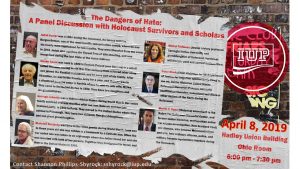
The event was very well attended, with an audience of around 400. Joe Schwartz of the Tree of Life Synagogue and Waleed Farag on behalf of Muslims in Pittsburgh sent a strong message of interfaith solidarity in the face of the recent violent attacks in Pittsburgh and New Zealand.
